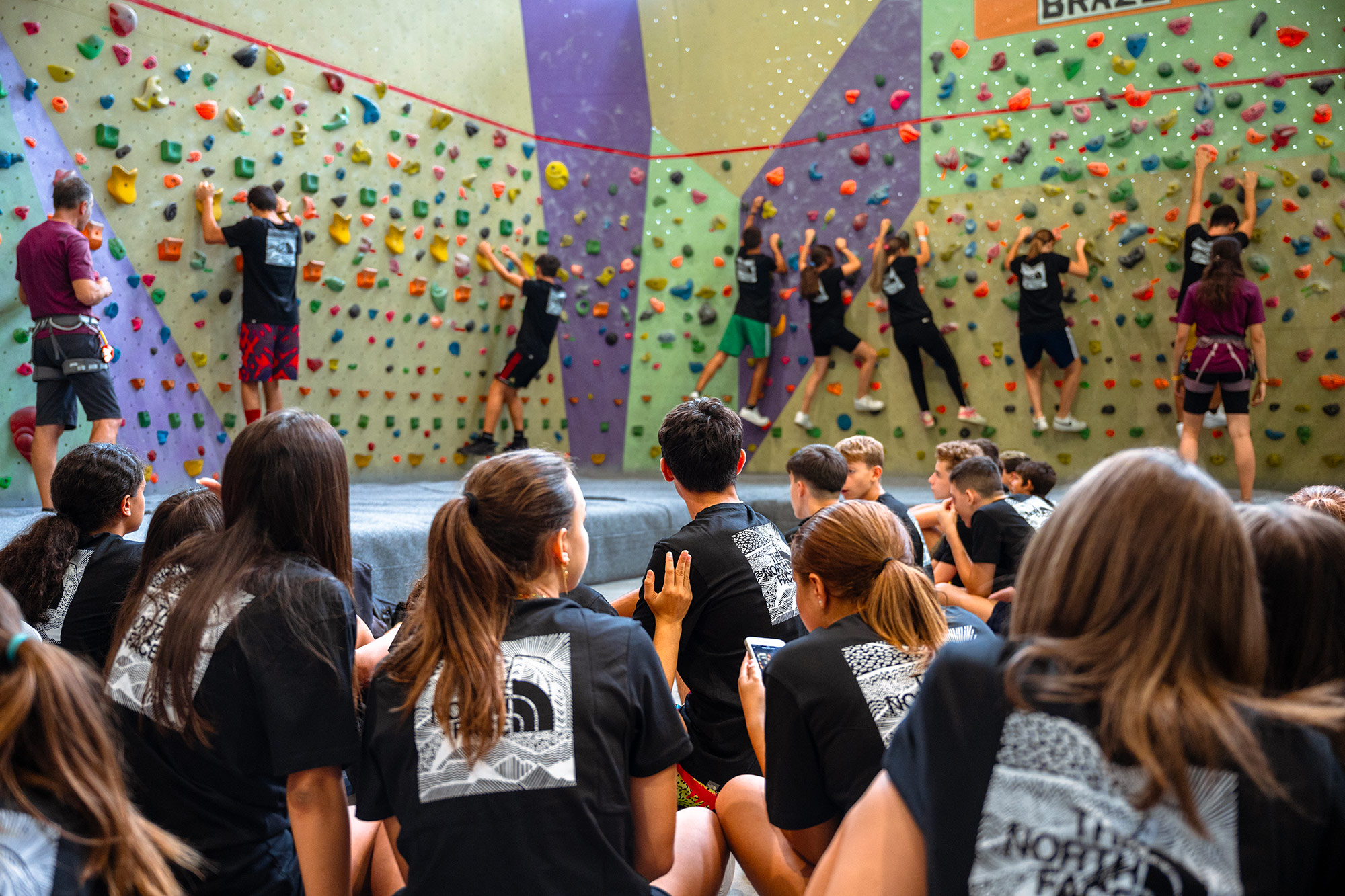
The North Face celebrates Global Climbing Days
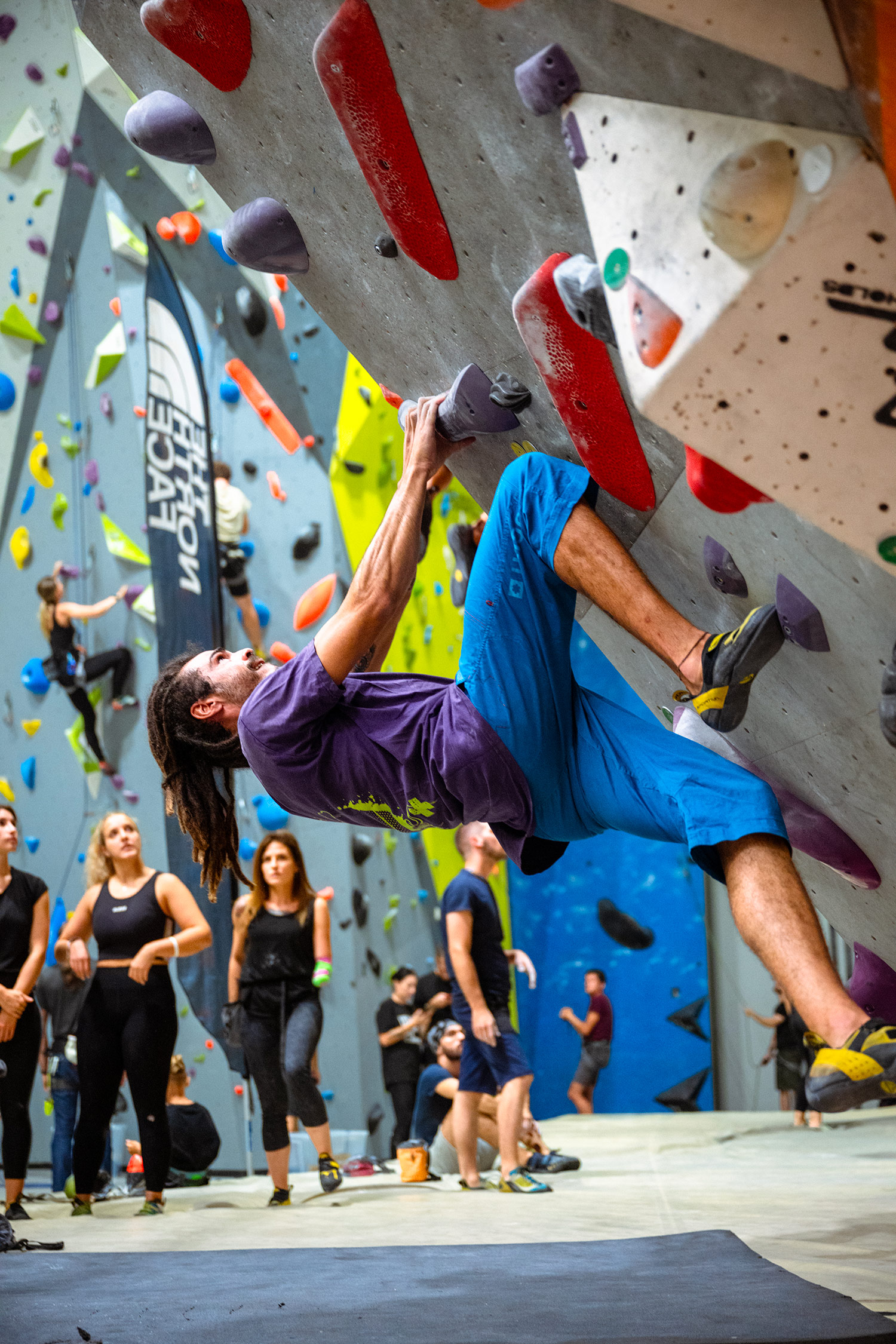
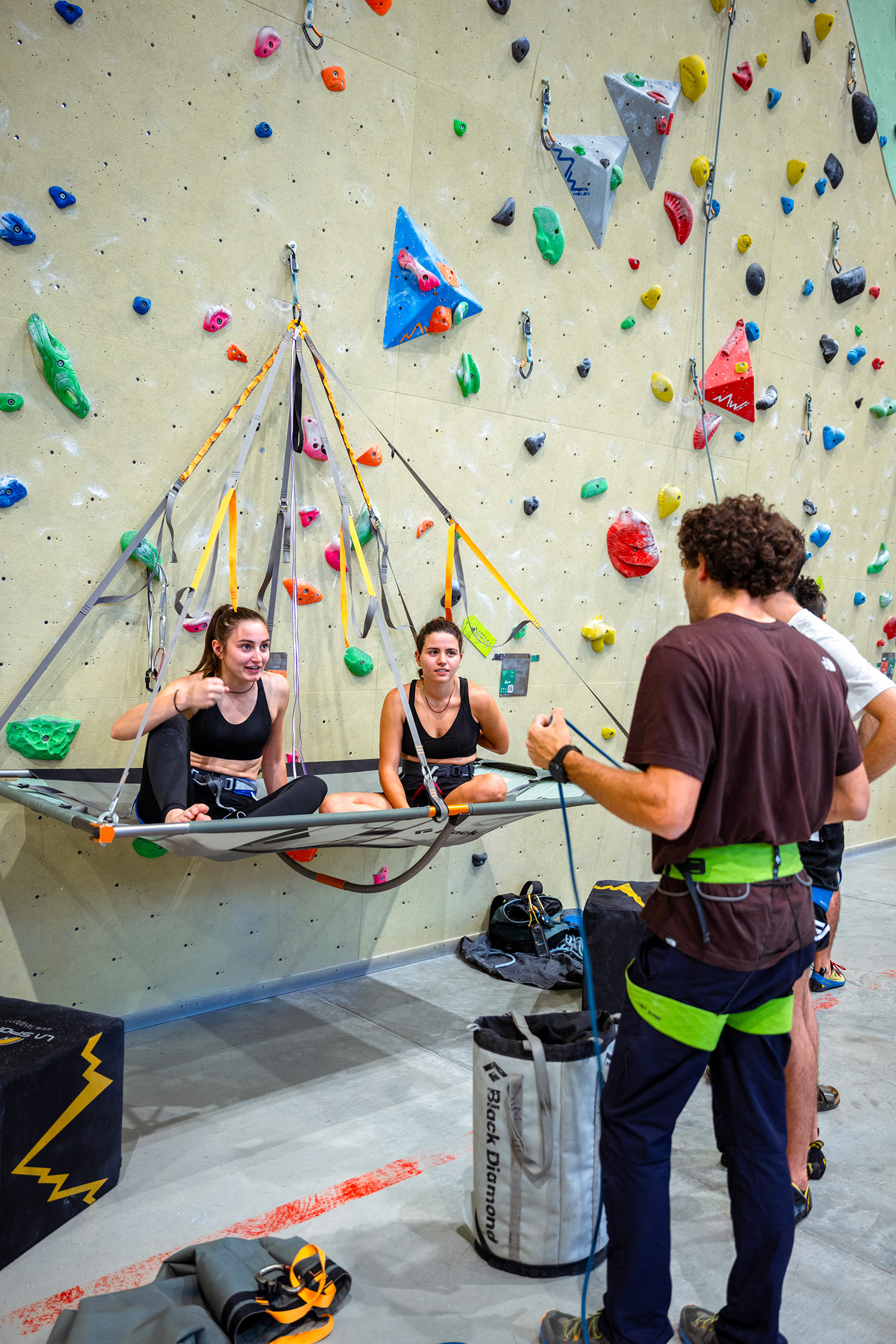
Climbing belongs to everyone: The North Face celebrates Global Climbing Days
Limits to overcome, inclusivity and fears to overcome. But also eating disorders in climbing and relationship with social (which, spoiler, no one likes). We talked about this with athletes Camilla Moroni, Jacopo Larcher and James Pearson, who also told us about their upcoming projects
An event to celebrate climbing in all its facets. A celebration to bring together a community united by the same passion. An opportunity to remind everyone that we can always try to push our limits, whether on a low or high grade, on a boulder or on a wall, in the gym or outside. Global Climbing Day 2023 was all that and more. After the events held in European gyms in London, Berlin, Chamonix, Paris and Cortina d’Ampezzo last August 19, The North Face on September 13 brought Global Climbing Day to the Urban Wall gym in Pero, just outside Milan, confirming once again this year its commitment to making climbing increasingly inclusive and accessible. Sharing their experiences with the many passionate climbers who attended the evening were team athletes Jacopo Larcher and James Pearson, who led workshops on multi-pitch routes and portaledge use, and Camilla Moroni, who provided some practical advice in the bouldering area.
We took the opportunity to chat with these three athletes about the present and future of climbing, a world of which they actually embody several shades. Moroni, an Italian bouldering champion and part of the Fiamme Oro sports group, is resolutely focused on competitions and especially on qualifying events for the upcoming Olympics-even though every chance she gets she goes back to getting her hands on rock, her best stress reliever. Larcher, too, dedicated himself to the world of competitions for several years, but has since found his way elsewhere: to crags, traditional routes, multi-pitch climbing, big walls… in short, anywhere he can still challenge himself with something new and extraordinarily difficult. In recent years, among other things, he has made the first ascent of Tribe, the ascent of Meldown in California, and the free repeat of The Nose and Magic Mushroom on El Capitan. Pearson, who after his very first experience on rock has become one of the stars of British climbing in a few years, is an expert in everything from bouldering to long routes. What he really excels at, however, is trad climbing, an area in which he has collected some climbs considered among the hardest in the world.
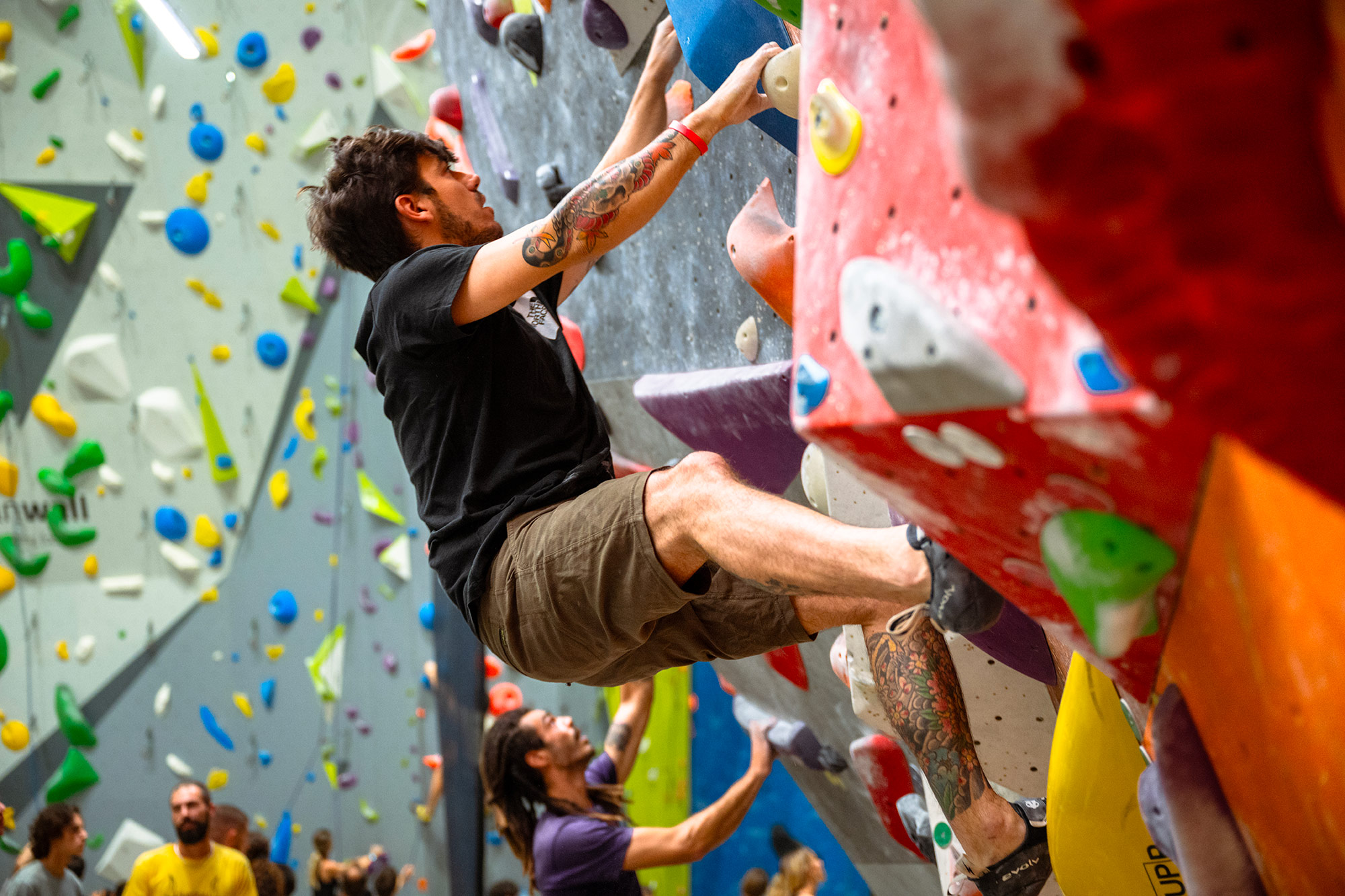
How has your relationship with climbing changed over the years?

Camilla Moroni: “I started climbing as a child. My parents already climbed and took me to crags, but sometimes I just did pendulums, just for fun. When I started really climbing I actually got away from the crag, because I was afraid of flying as a child, and I got into the gym and then into the competition world. I made my way to the Youth National Team and then to the Senior National Team. Climbing, in short, went from being a game to becoming my profession. During my teenage years, I also got closer to rock: I had gotten over my fear of flying, so in addition to bouldering, I started doing some routes“.
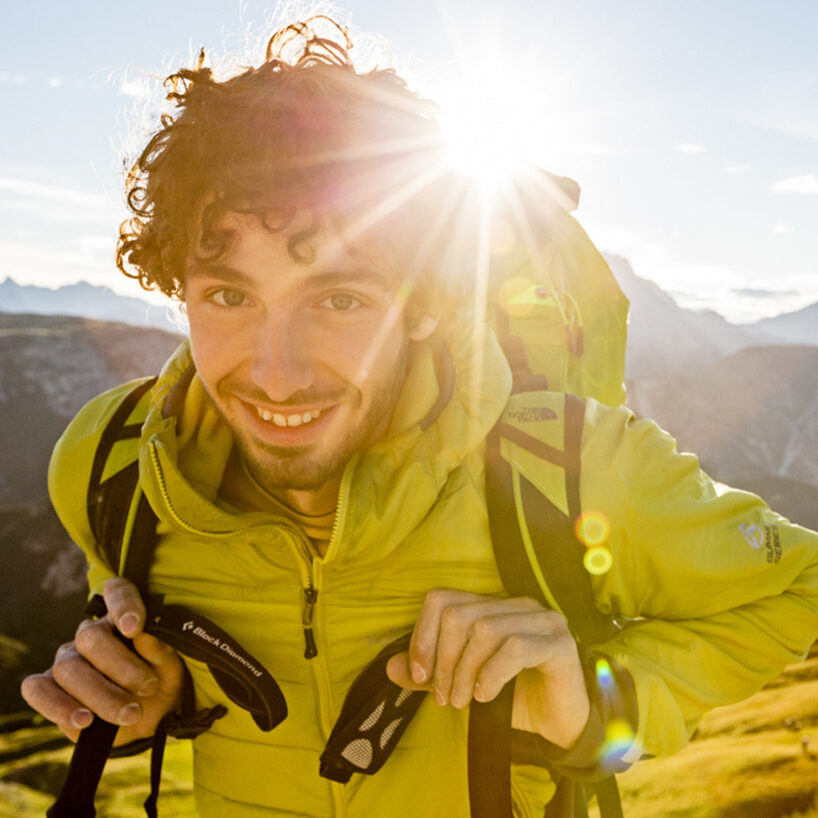
Jacopo Larcher: “Io I started when I was 10 years old thanks to a CAI course in the gymnasium. I had tried many sports before, but none had given me the feeling of freedom that I felt the first time I climbed. For me, too, it was a game in the beginning–actually it still is now, but it’s a game that has changed with time. At that time, there were not as many climbing courses for younger children as there are today, and I was the only child in the gym in Bolzano. I decided to approach the world of racing specifically to share this passion with other peers. After a few years, however, I realized that I was annoyed to travel so much to compete without ever getting to see the places I was in. So I decided to leave that world, which I knew so well, to devote myself more to rock climbing. I started wandering around not really knowing what I wanted to do, searching for my path. Slowly I moved from the world of crags and bouldering to the world of long routes, trad climbing and expeditions, always looking for something new to take me out of my comfort zone. Climbing for me remains a constantly evolving game“.
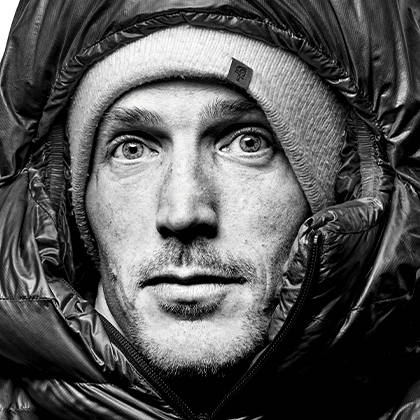
James Pearson: “My relationship with climbing began long before my first time on rock. As a child, I was enormously intrigued by this world, but twenty-five or thirty years ago in the United Kingdom, sport climbing did not have much space, there were no nice gyms as there are today. Therefore, it was difficult for children to approach climbing unless they already knew someone who did it. My parents were not climbers, but together we did a lot of hiking and I often saw people climbing-I grew up in the Peak District, probably the most famous place in the entire United Kingdom to climb. Sometimes I would climb a small boulder pretending to be a real climber, around the age of seven I even stole chalk from school to get my “magnesite bag.” The first time I really got a chance to try climbing, however, was when I was 15-16 years old with a schoolmate of mine and his father; it felt like I was doing something I had always done. Around the age of 18, I started climbing my first really difficult and dangerous routes. In those early years my approach to climbing was aimed at seeking more and more risk. I found myself climbing routes that were never harder than an 8A, but where if you fell … well, let’s just say it was better not to fall. At that time I was already a professional climber with some sponsors, including The North Face, and that was also why I was constantly trying to climb harder and harder and more dangerous routes. At some point I realized that this road could only end in one place…. I had to do something. Fortunately, I met Caroline [Caroline “Dear” Ciavaldini, ed.], who today is my wife and the mother of my two children. She is a very skilled athlete and climber and she showed me the way, showing me how to train to improve my level in sport climbing. This then allowed me to try different styles of trad routes with less crazy and more justifiable risks. As a climbing couple, Caro and I have had incredible adventures around the world for ten years. When we had our first child, our awareness changed and we wanted to take a step back from our impact on the planet. In recent years, climbing has remained an important part of our lives, but we are trying to make it a more local, family-friendly activity“.
The North Face reminds us that in climbing, but not only in climbing, we can always discover that our limits are not where we thought they were: we can push them further, overcome them. Do you remember the first time this happened to you?
Camilla: “It happened to me at the 2021 World Cup, when in a totally unexpected way I managed to get on the podium. I was really overjoyed. On rock, however, my limit I have yet to discover.“.
Jacopo: “I couldn’t tell you a specific time. It happens whenever you manage to do something unexpected, in training or on a project. The desire to try to overcome a barrier is one of the purposes for which I climb. Once you overcome this barrier-whatever it is: making a higher block, a dangerous route, getting into the finals, getting on the podium… – then the next time you try to do more“.
James: “The first time I realized I could be more than I thought possible was probably when The North Face wanted to start working with me. I was a relatively unknown climber outside the UK, and I found myself in a huge room with hundreds of representatives from all over the world, listening to the CEO telling how great the brand was. Since then I really believe that you can do almost anything you want as long as you give it your all. I know it sounds like a cliché, but it is true. It is one of the messages I always try to convey, now to my children as well. Many times people ask me questions as if I am some kind of superhero because of what I have done in climbing over the years, but I try to explain that I am just like them. Climbing is just climbing, whether you do it at the highest level or just on weekends. But if one day you decide you want something more or different, you should never let your fears get in the way. Almost anything is possible with the right concentration, dedication and training“.
Limits that we may call physical or technical are overcome with training, athletic preparation, and experience. What to do instead when we are dealing with psychological limitations? I think of the fear of falling, for example.
Camilla: “The fear of flying only passes you by flying! It’s actually a somewhat silly fear: when you fall at a crag, apart from special cases, you tend not to get hurt. The instinct is to be afraid even if there is no danger. One must learn to distinguish the real danger from what is not“.
Jacopo: “If we just live with our limitations, we will never overcome them. If, on the other hand, we try at the same time to always step out of our comfort zone a little bit, then we slowly overcome our fears. If we are afraid of flying, for example, we try jumping first from ten centimeters above the last bolt, then from one meter, etc. In my opinion, too, however, it is important to be able to distinguish between irrational fears, which we can try to overcome, and rational fears“.
James: “I don’t know. Personally, I have to say that it comes naturally to me. Perhaps my greatest skill among my climbing skills is the ability to assess a route or situation logically, understanding in what way it is dangerous and without confusing danger and fear. If you switch them, things can escalate very quickly. People often ask me how I deal with taking risks, but for me it’s more about how I deal with managing those risks. Many for me are eligible, but it’s a feeling that changes depending on the moment, what I’m doing, what stage of life I’m in. Before I became a father I was worried, for example. I think what allows me to continue to be a professional climber is the creativity I put into my projects and the ability to control my emotions in potentially dangerous situations, and I was afraid that after the children I would not be able to do that anymore. I can’t really say how or why, but really not much has changed. My children have become one more factor in the assessment I have always made before approaching a risky route“.
What is your relationship with social media and your online community? I am curious if it is supportive or if it sometimes becomes a source of pressure, expectations to be met and judgments.
Camilla: “I care enough, I must say. I post what I do, but I tend to leave other things private. I feel no pressure from the public. However, if you think about it, it’s crazy to have to have anxiety because maybe you make a hard shot or block but you don’t have a picture to post“.
Jacopo: “Unfortunately, socials nowadays are part of the professional athlete’s job: everyone then decides to experience them as they prefer. I try to share what I do, but in the way I find most appropriate. I always hope this social thing will change, though, sooner rather than later: maybe people will go back to sharing their experiences at events or evenings, instead of having to do it constantly online“.
James, I know your social profile is shared with your wife: maybe that makes your experience a little different?
James: “I honestly don’t like social media at all, and that is the first reason I have a shared account with Caroline. We also have a person who manages them, although of course we provide the content. Recently, however, working on some projects, I have been thinking that social media perhaps also has some positive aspects. When I was 19 or 20 years old, I had a pretty big slump, basically because I greatly overestimated the difficulty of a route I climbed. And in England, especially in trad climbing, over-grading something is worse than killing your mother. I went through some difficult years where I had to come to terms with what had happened and rebuild my career. Here, I’m not sure that meltdown would happen today. I’m fairly certain that the reason I over-graded that path was that I had a huge ego: everything I had done up to that point had gone well, I felt almost magical, I was surrounded by people constantly telling me how outstanding I was… I mean, I don’t know if it is still possible to get to have such a huge ego today, given that on social media every day there is someone telling you that you are an idiot!“.
One of The North Face’s goals is to make climbing increasingly accessible and inclusive. Do you think we are well on our way?
Camilla: “I think climbing is a fairly inclusive sport, with equal opportunities for males and females to start climbing or close a pitch. In fact, it is nice because boys and girls often manage to climb together, and especially on more technical things, girls also manage to do better than boys. Also, now the paraclimbing movement is doing a lot, both with international competitions and in Italian gyms“.
Jacopo: “Over the years climbing has actually become more accessible, partly because of all the gyms that have been opened. When I started there were very few, whereas now it is easier for anyone to start climbing. It is a sport that can really be shared, although perhaps there is still some way to go. You can always improve, in short“.
James: “Things in climbing are moving very quickly. Unprecedented debates have opened up in the world and as a middle-aged, middle-class, able-bodied, white, straight man I feel like the least interesting person around. There are great stories of people who previously had no voice, and if I can now give some of my space to someone who needs it more than I do, I am overjoyed to do so. For years I only traveled with people who looked like me, who talked and thought like me … I think instead that increasing diversity among climbers is a good thing, because it brings different viewpoints and opinions“.
This summer (especially after Janja Garnbret’s Instagram post) there has been more widespread talk about eating disorders and malnutrition in climbing, especially in relation to the competition world. What do you think?
Camilla: “This year the theme came on social media, it is true, but it has actually been talked about in the racing world for a long time. I think that compared to many years ago, climbing has already improved on this issue: in the past people tended to be thinner to become better performers in competitions, whereas now this tendency is less. I think some of it is inevitable to lose some weight, because we fight against gravity, but there has to be a limit and a way to protect health“.
Jacopo: “This has always been an issue in climbing, and even in my opinion there has already been an improvement over the past. With social media, the topic has exploded, and I find it correct that we are talking about it so much and actually trying to do something about it, at least in the racing world and especially in the youth world. As in all sports practiced at a high level, it is obvious that you will seek compromises to improve performance, but you must always respect your health“.
James: “This is a huge issue. Based on my experience as a trad climber and knowing Caroline’s experience as a former athlete in competitions, I believe that eating disorders are probably less common outside the competition world, but it is true that even in trad and outdoor climbing it is full of people with a bad relationship with food. If the good work now being done by national organizations and many coaches and athletes can filter through outside the world of competition, it can only be a good thing. The stark truth is that in the short term going on a very restrictive diet to lose weight makes an incredible difference in climbing, but it also hurts a lot and will potentially cause problems for the rest of your life. It is not worth it. I myself had decidedly bad eating habits because I wanted to be light: I felt that I was in control of the situation, but also that I was on a slope from which I could easily fall. Caroline is currently working on a large video project to bring this issue to light, because she herself suffered from an eating disorder when she was competing. By her own admission, it was not too serious and she was able to exert some control over it, and then eliminate it completely once she stopped competing. Yet, it seemed to her something necessary to succeed in competing at the highest level. I’m sure there are many athletes and female athletes who are in this situation and don’t think they have a choice. But Caro decided to talk about it when she realized, coaching a younger climber, that this is not something that only affects high-level athletes“.
Looking to the future: what are your next goals?
Camilla: “I am focusing on the Olympic qualifying events, which will be next year. That is my main goal. I feel that there is more pressure than in past years, both from the federation and the climbing movement, and it is more difficult because nowadays competition climbing is becoming detached from rock climbing. I am concentrating a lot on training and climbing in the gym, but I think I will still take at least two weeks off at the end of the season: if I don’t climb on rock I build up too much stress and can’t get back to training. The rock helps me mentally and to face my goals“.
James: “Fortunately, in January I closed a project that had kept me busy for a few years; so for now I don’t have another big goal. I already feel a small push toward finding a new project, but it has become difficult to find an innovative one that combines a high level of difficulty and a justifiable but interesting level of risk, and that is not pure crack climbing-a style I don’t like very much. For now I have no particular ideas, but I will spend a lot of time researching“.
Jacopo: “In recent years I have tried to combine all the various disciplines I practice in climbing. The goal, the dream, is to be able to do it more and more and to bring the level I have in crag and trad climbing on single pitches to big walls and expeditions as well. I would like to maybe be able to open a very difficult route just with traditional protections on a remote wall in Pakistan or somewhere–I already have ideas in mind, but we’ll see. I also have a closer project in Val di Mello: an old long route that I would like to free climb. I started trying it out this year, and it would be a nice goal for the next few years“.
Jacopo, after closing Tribe you had shared a reflection on the undue importance we sometimes place on rank. Is that an idea that continues to stay with you?
“Yes, I no longer liked anything I released. For me, it has lost meaning: the beauty and history of a line is what mainly inspires me. Also the difficulty, of course, but not the number itself. It’s a personal thing, though: everyone is free to experience climbing as they like. In the past the grade was always very important to me, it was the way to see where I was at, but over time this has changed“.
Finally, I ask you for two pieces of advice: one for those who are starting to climb today and one for those who have been climbing for some time.
Camilla: “The best advice is to scale up as much as possible. Climbing is a very technical sport, so the more movements you learn, the more experience you gain, the better. And it applies to everyone“.
Jacopo: “I, too, have one piece of advice for everyone: climb a lot and try all disciplines of climbing, even if you then get passionate about maybe only one of them.”
James: “To those starting out, I say don’t be in a hurry to make progress physically. Just go climbing and forget about weightlifting, pull-ups and finger workouts. Don’t miss the opportunity to develop good basic technique, which is easier to learn when you are not physically strong. When you then reach the plateau, and sooner or later it happens, then maybe you can find other ways to train. To those who have been climbing for some time, however, I say: don’t simply think that you need to improve, but ask yourself what need climbing is putting you in. Which style do you like? If you love to climb overhanging routes, there is no point in working on pure finger strength. If possible, then rely on a coach. I lost years following do-it-yourself training programs that didn’t work“.